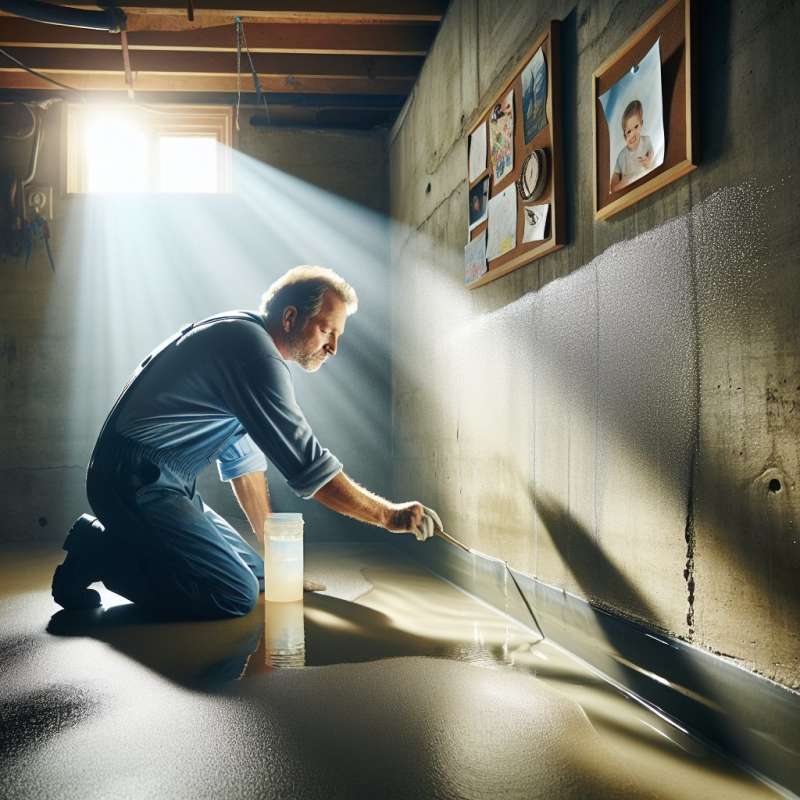
Foundation Types Explained
Foundations are primarily of three types: slab-on-grade, crawl space, and basement. Surprisingly, the choice isn't just structural but also affects energy efficiency, with basements offering better thermal resistance.
Unseen Soil Impact
Soil type can drastically affect foundation performance. Expansive soils, which shrink and swell with moisture changes, can cause structural damage. Engineers often use soil stabilization techniques like lime treatment to mitigate this risk.
Innovative Green Foundations
Green foundations are gaining traction. Techniques like rammed earth and recycled materials not only reduce carbon footprint but also offer excellent thermal mass, keeping homes cooler in summer and warmer in winter.
Foundation Waterproofing Importance
Waterproofing isn't just about keeping basements dry. Proper waterproofing prevents mold growth, preserves structural integrity, and enhances indoor air quality. Modern techniques include crystalline waterproofing which self-heals small cracks.
Seismic-Resistant Foundations
In earthquake-prone areas, seismic-resistant foundations are crucial. Base isolators and shock absorbers allow the building to move independently of ground motion, significantly reducing structural damage and enhancing safety during tremors.Ancient Roman Concrete
Roman concrete used volcanic ash, which made it stronger over time. Even today, 2000-year-old structures like the Pantheon stand the test of time!
Which foundation offers better thermal resistance?
Slab-on-grade
Crawl space
Basement
Company